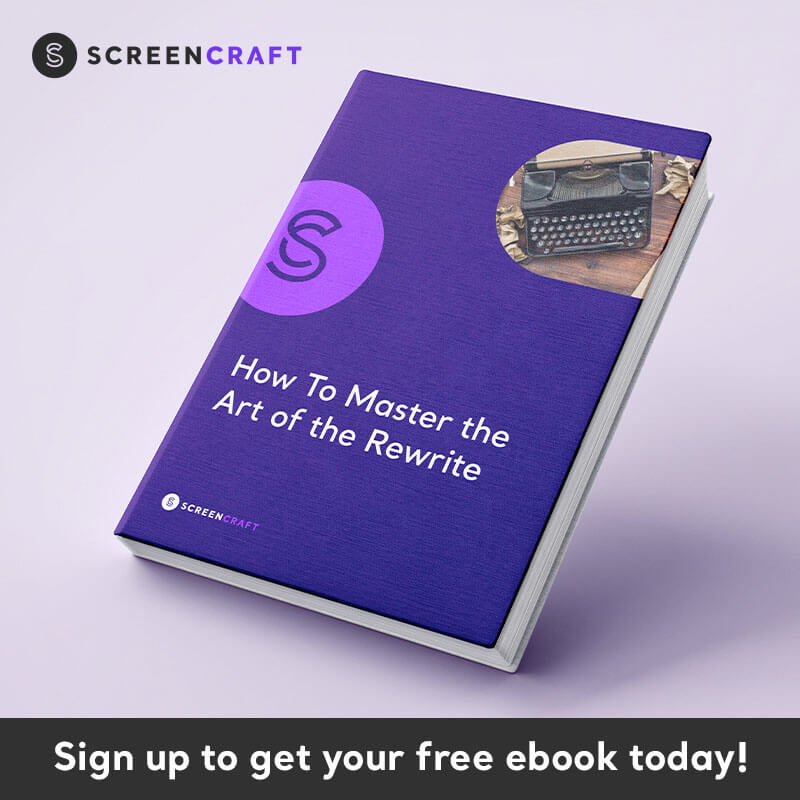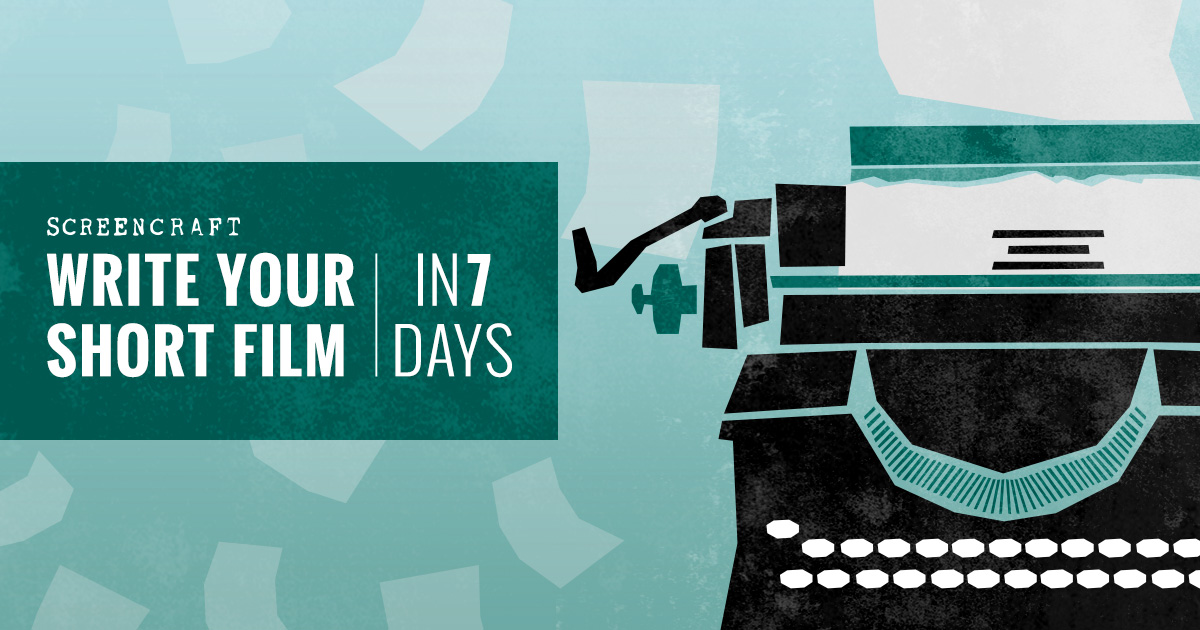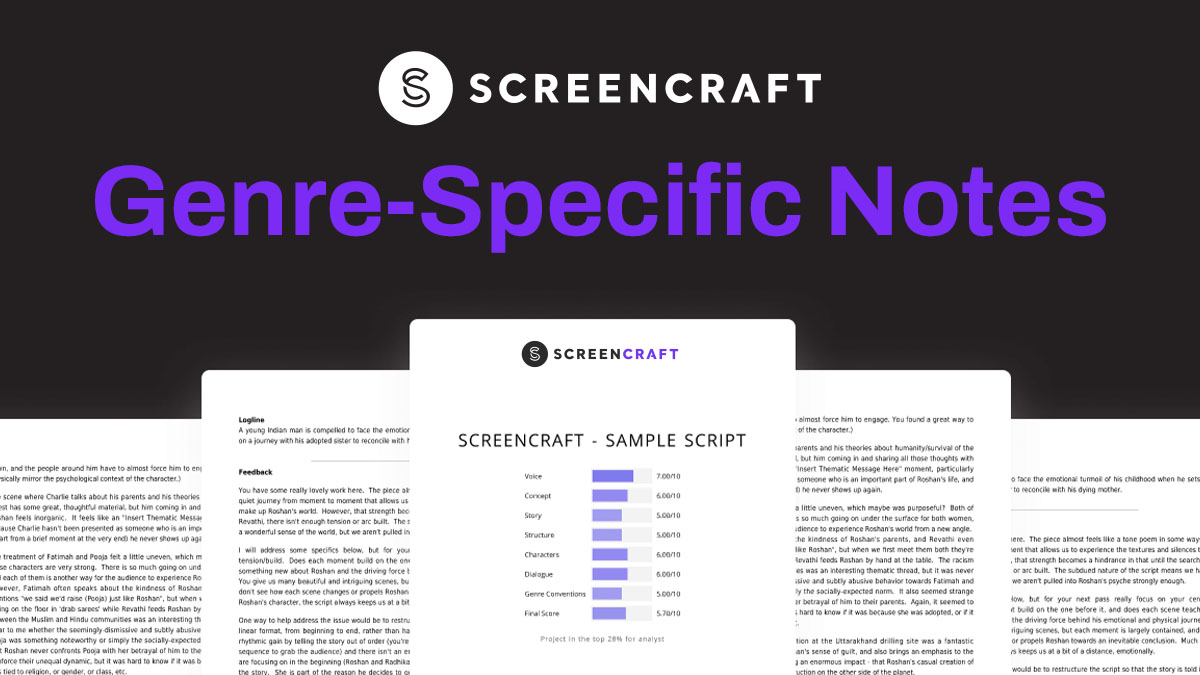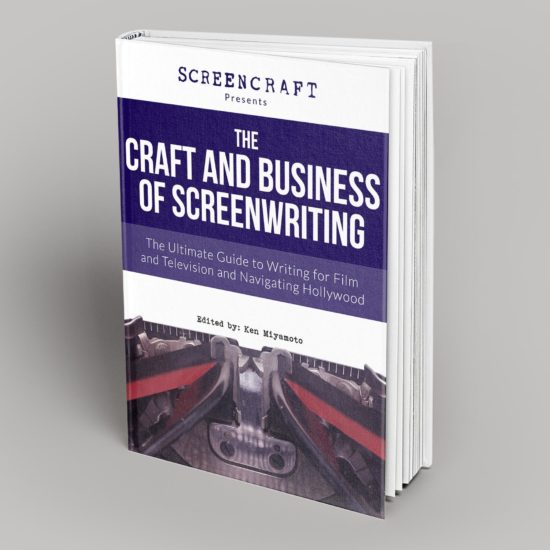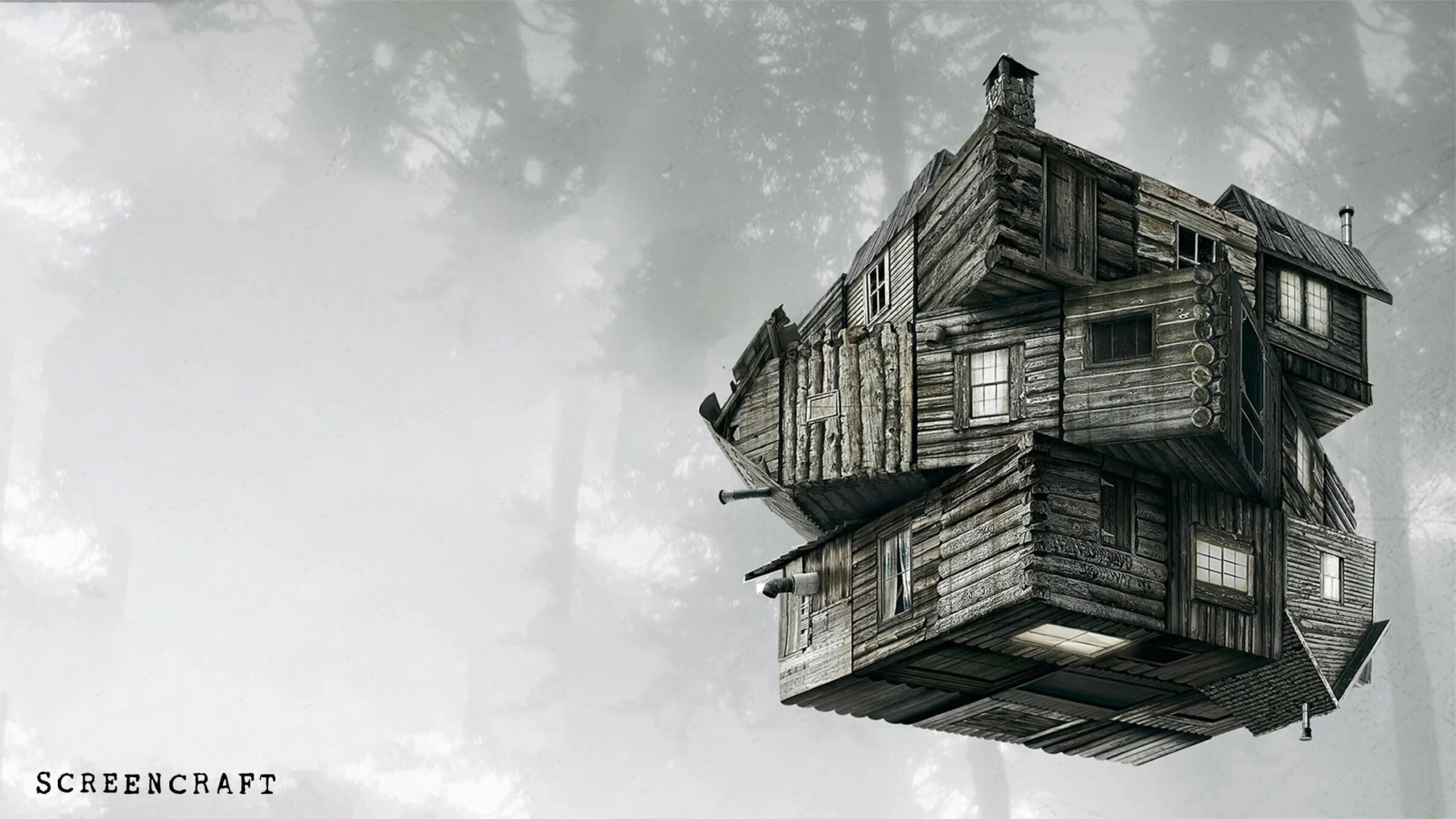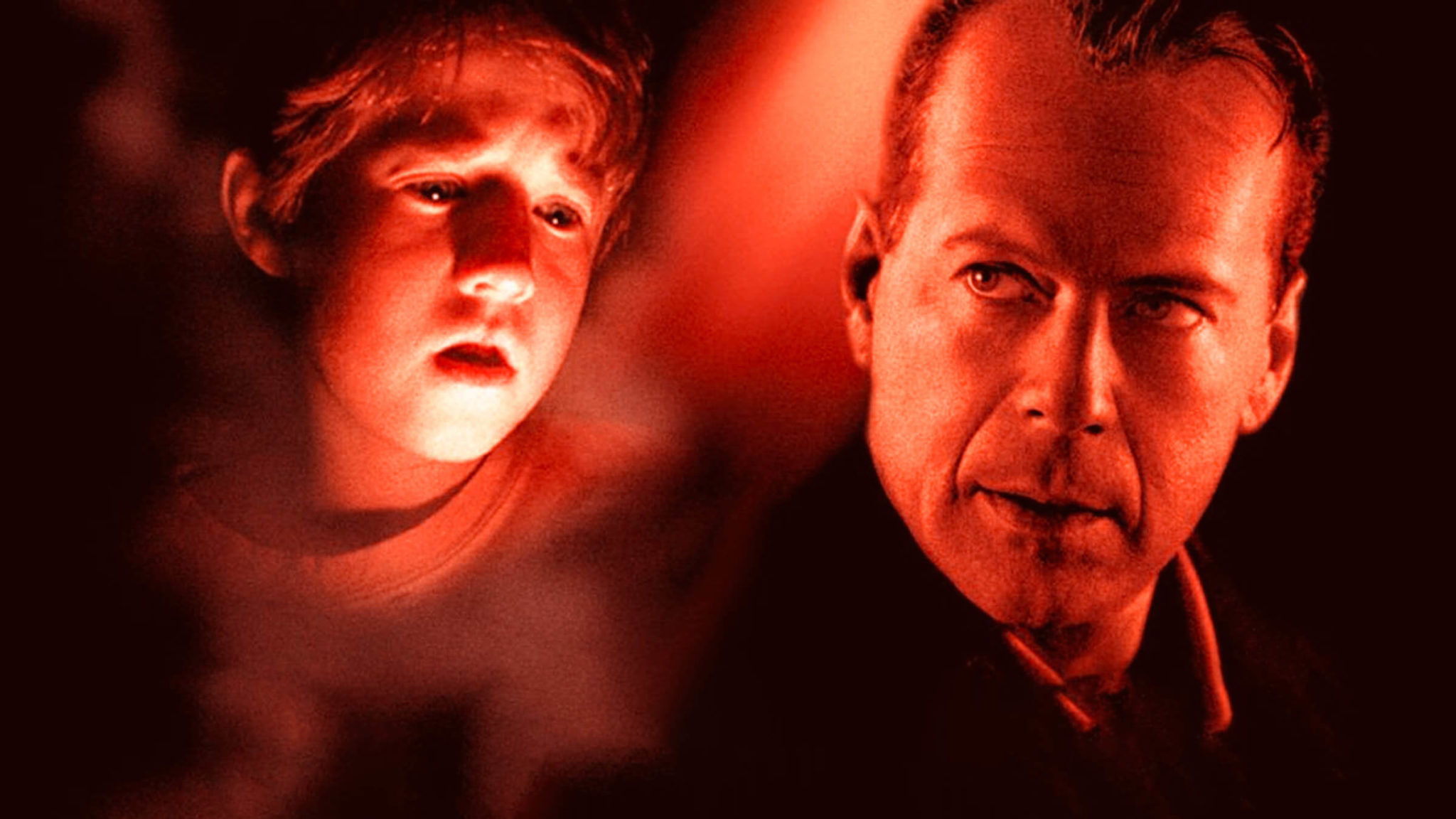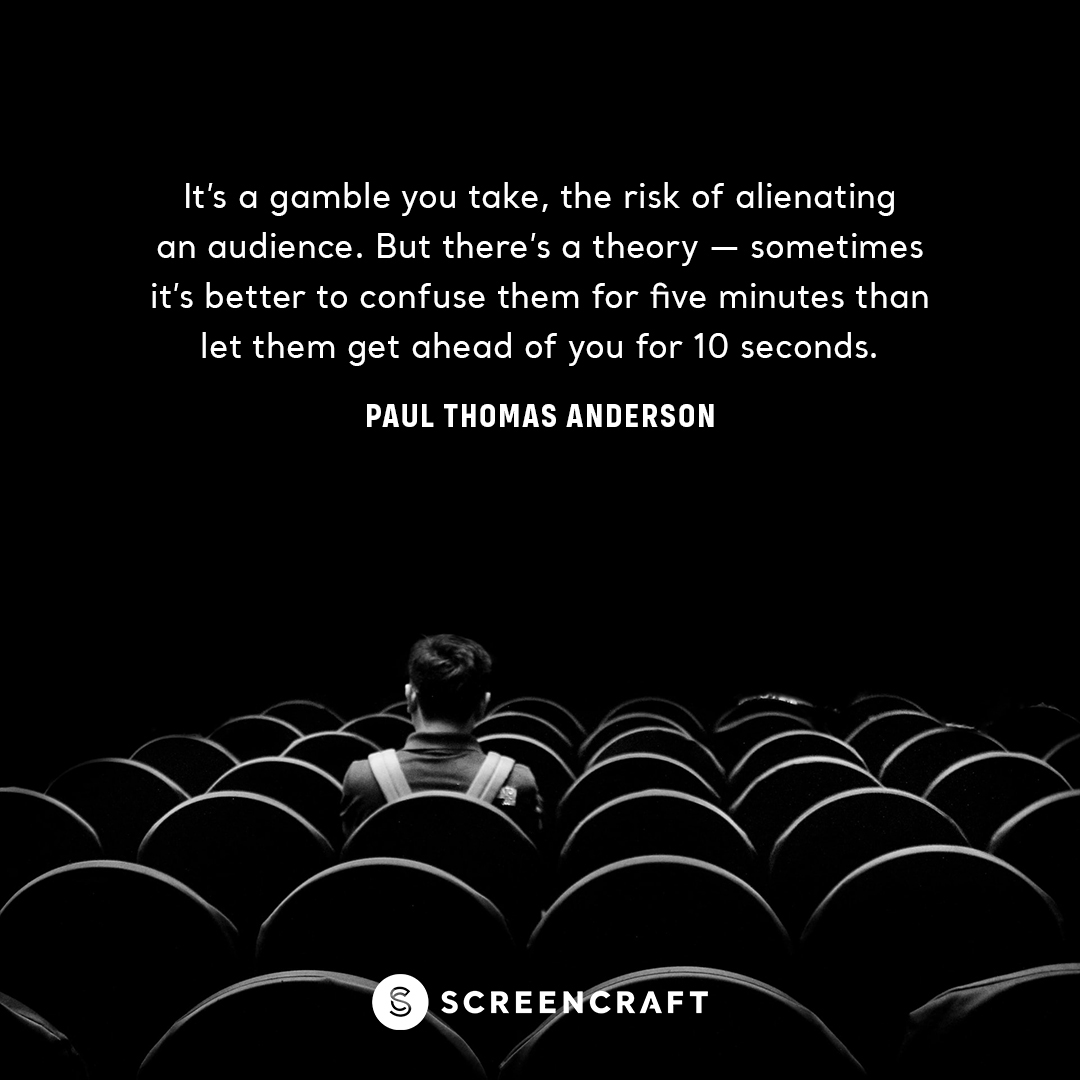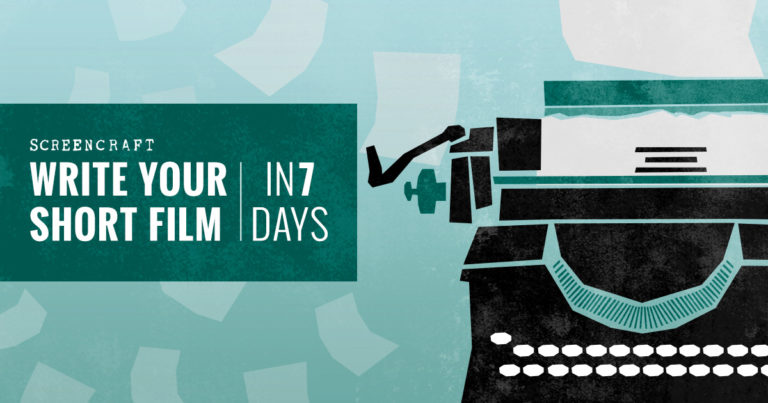
By: Travis Maiuro
There are numerous ways to describe your short film: your “calling card,” your “big break,” your “foot in the door.” Needless to say, having a solid short film (or two) in your arsenal is key to moving on to longer-form storytelling.
But the short needs a starting point, a blueprint. It needs a script. And just because it’s shorter in length than a feature screenplay doesn’t mean it’s any easier. In fact, writing a short comes with its own unique set of challenges that arguably make it just as trying as writing full-length. Inspired by ScreenCraft’s new Short Screenplay E-Course, we've collected some useful tips to help you navigate the often timultuous path that is writing your short film script.
Do keep it simple
Restraint is key. Make it about a moment. Whether it’s a scene or a few scenes, avoiding unnecessary complication in your narrative is crucial. Keeping it simple and contained still allows plenty of room for a story with a beginning, middle, and end. Go back to basics: a character has a goal, someone or something is stopping her/him from achieving that goal. That’s a story.
It’s tempting to take advantage of the freedom a short film provides by experimenting with narrative. By all means, go for it – don’t let parameters stifle your voice. But at the same time, if your end goal is to use the short as an example of your ability to tell a story, it befits you to make sure your script makes sense. Go too wild with experimentation, and you’ve lost the audience. The short film provides you a limited time to showcase your talent – whether it’s five minutes or twenty, keeping it simple will make the most of that time frame.
Don’t treat it like a prologue for a feature
This one may be met with some flak, but hear me out. What this means is: keep your focus on the short at hand, for the sake of the short. Yes, if all goes well, the end goal will be a feature, and maybe this short is the starting off point. But treating it essentially as a “prologue” for your feature, as if it’s an opening scene or a first act with an ending that basically says, “Find out what happens next in the feature film version…” is a bad idea. To that viewers say, what feature film version?
The short needs to be self-contained. Two example shorts that were later adapted into features – Andres Muschietti’s Mama and Damien Chazelle’s Whiplash – are prime examples of this. Though two very different stories (and time lengths), both have their own beginning, middle, and end, rather than acting as the first minutes of a feature that doesn’t exist. These shorts are samples/previews of what Muschietti and Chazelle had to offer; the films are proof that these artists could tell a story. Focusing too little on your actual short and too much on a potential feature hampers your own ability to tell a story.
Do embrace the visual
Many short films are light on dialogue. This can be because of artistic reasons or practical ones (perhaps the short is using non-actors and lack of dialogue elicits a stronger performance). But this tip isn’t to tell you to shirk dialogue altogether. No, by all means, embrace it if it works for the story you’re telling. But do also embrace the visual – remember what you’re writing for is a visual medium and the short film is a perfect opportunity to showcase this.
Perhaps you consider dialogue to be one of your strengths. Great – show it off. There’s no need to sacrifice what you feel you’re best at in order to take advantage of the cinematic. Dialogue and visuals are not mutually exclusive. What’s important here is making sure your script sets out to create a blueprint that allows for each scene to make the most out of what film has to offer. The short, obviously, has a limited amount of scenes – make sure the script allows for each one to pop.
Don’t forget that you should be able to make this
As the writer, it’s up to you to write something that can feasibly be made. Know your budget. If you were hosting a dinner party, you wouldn’t put escargot on the menu if you knew you had no access to escargot. (Not to mention, an escargot dinner party sounds terrible, but that’s beside the point). Same goes for your short film – don’t write some sci-fi epic that asks for tons of expensive visual effects work if you know you can’t afford it or don’t know how to do it yourself. Write what is feasible.
This tip might seem a bit “unsexy” as it seems to strip away the magic of writing, that it’s leashing your creativity. But in reality, it’s doing just the opposite. Your limited constraints – whether it be a budget of $300 or $30,000 – allows for you to be even more creative. You must find imaginative ways to write around your lack of resources. Don’t write more than you can chew.
Do make it personal
Often, when a writer goes personal, the themes being explored end up being universal. This also falls in line with the old adage of “write what you know.” As boring as it may sound, it’s true. Take a look at the early work of many writers/directors. The short films that launched their careers, while perhaps not explicitly autobiographical, tackled subjects that they knew well. Subjects that we all can relate to - being an outsider, an underdog, feeling lonely. They explored their personal fears and desires. These are things we can relate to as we as human beings share more in common than we realize. A short film with a relatable theme sticks with you. If your short film is essentially your business card, make sure it’s the business card that leaves a lasting impression that separates itself from the rest of the pack (of business cards).
You can delve deeper with ScreenCraft’s Short Screenplay E-Course, which we highly recommend BEFORE you make the decision to move your screenplay into principal photography. Remember, it all starts with the script. And if you're script demands a budget beyond the size of your wallet, consider submitting your project to ScreenCraft's recently relaunched Film Fund.
For all the latest ScreenCraft news and updates, follow us on Twitter and Facebook!
Tags
Get Our Screenwriting Newsletter!
Get weekly writing inspiration delivered to your inbox - including industry news, popular articles, and more!


